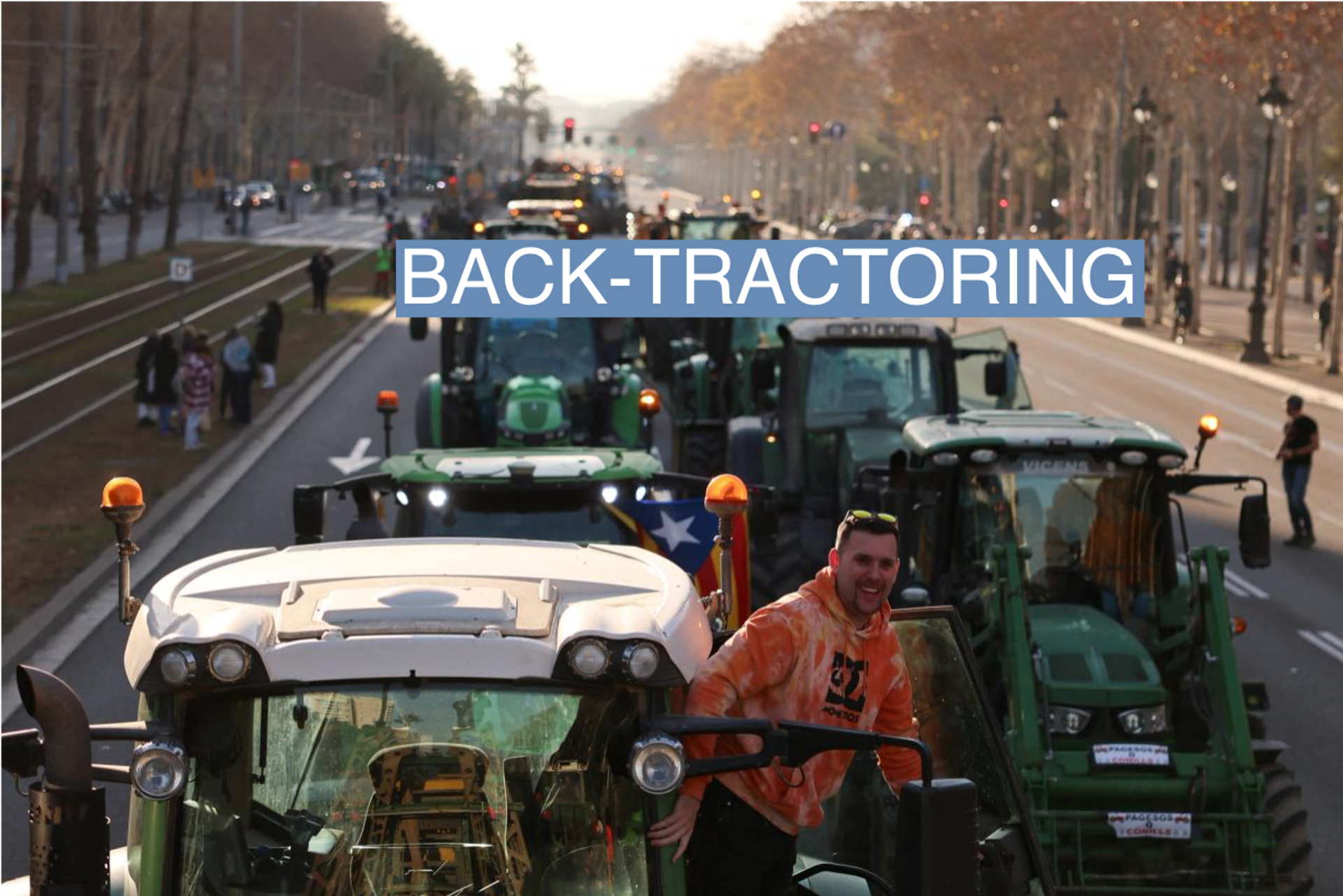The News
The European Union unveiled its answer to the U.S.’s Inflation Reduction Act, a huge green-tech investment law. But the new measures are unlikely to be enough to keep European cleantech manufacturers from fleeing to the U.S. or being undercut by competitors in China — because it brings with it no new funding and postpones key details.
Rather than try to outcompete the U.S. on tax incentives, the EU’s Net-Zero Industry Act plays to the bloc’s strengths by focusing on the bureaucracy surrounding the energy transition: construction and grid connection permits, and procurement contracts. The main function of the law — which still needs to be adopted by the European Parliament and the EU’s 27 member states — is to give priority access to climate infrastructure: solar, wind, batteries, hydrogen electrolyzers, grid hardware, and the materials needed to build them, like steel.
The ultimate goal, the European Commission recommended on Tuesday, should be for the EU to cut its carbon footprint 90% below 1990 levels by 2040. It’s at about 32% now. But analysts say the rules don’t go far enough to meet that target, especially after policymakers scrapped sustainability measures targeting the agriculture sector under election-year pressure from tractor-wielding farmers across Europe.
Tim’s view
Europe’s approach to industrial policy has one big advantage over the U.S.: It can be more proactive about clearing red tape from the infrastructure permitting process, which continues to be one of the biggest bottlenecks for clean energy stateside. But like the U.S., the EU continues to struggle with how to navigate the fact that cheap cleantech imports from China help domestic installers and retailers, but hurt domestic manufacturers. And its reversal on agriculture offers a preview of the struggle that the U.S. and many other countries will face in the years ahead about how to cut the carbon footprint of farming, which is on track to be Europe’s largest source of emissions by 2040 but which has seen far slower progress in decarbonizing than sectors like electricity or transport.
This week, the bloc scrapped a plan to halve its pesticide use, as well as specific targets for agricultural emissions of methane and other greenhouse gases, and a recommendation for consumers to eat less meat. Farmers have in recent weeks railed against several EU rules, including those aimed at reducing emissions.
“Backtracking at the 11th hour due to protests does not address what needs to be accomplished, but rather continues the current pattern of avoiding environmental challenges in agriculture,” Julia Bognar, head of the land use and climate program at the Institute for European Environmental Policy, a think tank, told me.
Farming has proven more challenging to target in climate policy than industrial sectors and transportation for a few reasons. Margins in farming are razor-thin, and farmers often have little control over their prices, making them highly vulnerable to any cost increases. Although some European farms are consolidating, there are still about nine million in the EU, making the monitoring of emissions an enormous logistical challenge, especially since they can vary widely depending on things like the breed of livestock and soil chemistry. Farming is also a political lightning rod: Subsidies for the industry eat up about one-third of the EU budget. And although most of the issues farmers are currently protesting have more to do with biodiversity protections and the war in Ukraine than they do with climate goals, politicians seen as favoring environmentalists over farmers put their reelection chances in June — when a bevy of countries, local authorities, and the European Parliament are up for elections — at risk.
More sector-specific policy details underlying the top-level 90% emissions reduction target, as well as the budget for meeting it, will be decided by the next European parliament. To bring farmers into the coalition, Bognar said, policymakers need to get more creative about how they pass the costs of sustainable farming around, potentially including a cap-and-trade market for farmers and their suppliers, such as fertilizer companies, and customers, like grocery distributors. They should also incentivize the consumer purchase of sustainably-produced foods, and do more to encourage private investment in climate-friendly farming hardware.
Room for Disagreement
It may make sense for climate-savvy European leaders to capitulate, for now, on the farming issues. The net zero strategy ultimately hinges on the outcome of the June elections, and it would be counterproductive to empower right-leaning parliamentary candidates who would be more likely to water down climate targets across the board.
Know More
The Net Zero Industry Act also calls for the EU to manufacture at least 40% of its low-carbon technology needs by 2030. But industry groups warn that will be impossible without stronger protection from China: Several European solar manufacturers have gone bankrupt or faced layoffs in recent months as they confront booming demand for low-cost imports. The EU is weighing tariffs for electric vehicles, but not for solar panels or other key imported technologies. Instead, the NZIA will move domestically-sourced products higher up the bureaucratic priority chain.
The View From Germany
Electricity prices in Germany have shot upward in recent years because of the environmental-backed push to close nuclear and coal-fired power plants, and because of the loss of Russian pipeline gas. This week officials approved a plan to finance Europe’s largest expansion of gas-fired power plants — as long as they are equipped to run alternatively on hydrogen. The move creates a juicy business opportunity for hardware companies like Baker Hughes that are racing to dominate the hydrogen market, and could reduce the risk that climate policy drives big energy-hungry industries like steel and automakers out of the country.
